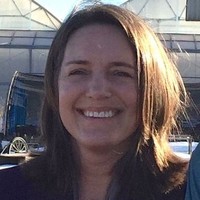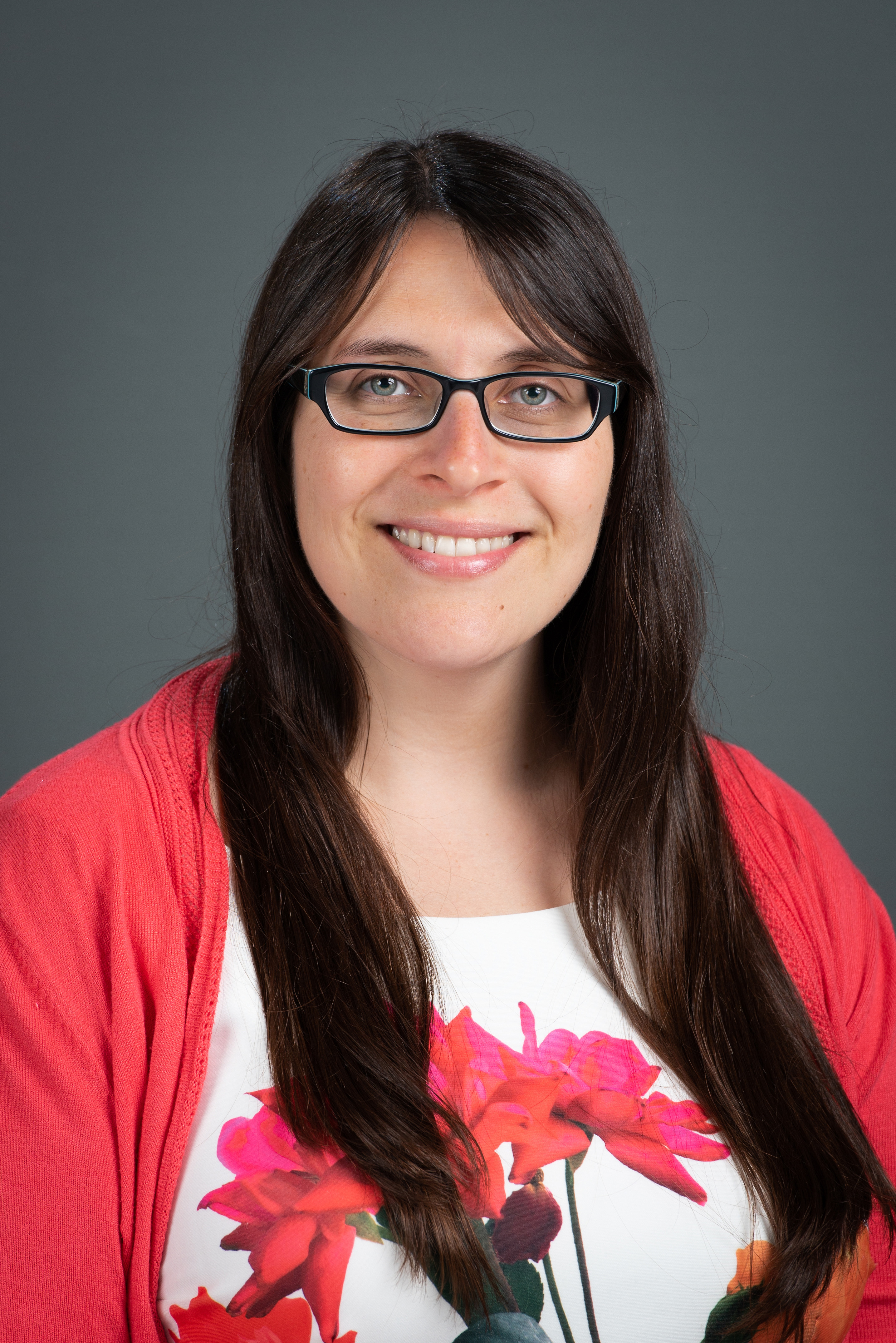This article is the fourth in a 5-part series. Part 1 offers background on innovation districts—what they are, where they’re located, how colleges and universities relate, how P3s relate, etc. Part 2 features a Q&A with Brian Darmody, CEO of the Association for University Research Parks. Part 3 looks at why schools might want to and might not want to consider pursuing an innovation district. Part 5 looks at how innovation districts are contributing to COVID-19 research.
This article features an interview with Dr. Jane Talkington, an Assistant Professor in Management at Fort Hays State University in Hays, Kansas. She is the author of multiple books, including “Fostering Innovation: The OSipp Theory: Open Source, Iterative Process, Proximity,” and holds a PhD in Environmental Science/Sustainability, an MBA, and a BS in Marketing. She keeps a list of university-anchored innovation districts on her blog.
If we’re going to save our planet, higher education needs to wake up. Now.
Sustainability is the key challenge facing humanity in the 21st century. Ignoring the planetary emergency taking place and preserving the habitability of Earth, our one and only home, is not an option. Colleges and universities will need to play a leading role in that effort, and sustainability-focused innovation districts are a worthwhile strategy, but no school has yet stepped up to the plate. This is the argument of Dr. Jane Talkington, a scholar of innovation districts in higher education. The argument is compelling in both its urgency and its hope. And, in Talkington’s words, it leaves us asking: “Which school will innovate solutions to the environmental challenges and social equity problems that threaten the continuation of humanity?”[1]
First, though, let’s answer the question of why it is higher education that must lead the way. Talkington says, “Higher education houses the high ideals, systems, and technical knowledge needed, as well as the ability to create an environment for collaboration that can impact future generations. This is a unique position of leverage.”
Many colleges and universities 
The good news: “The industry-wide response from higher education does not need to manifest in unison. It needs to begin with just one institution to execute an audacious experiment”—an innovation district whose top priority is the preservation of our planet.
If we’re going to save our planet, new innovations must focus on sustainability.
Talkington is quick to point out that many university-anchored innovation districts already exist across the country and world. In fact, her blog tracks these purpose-built, mixed-use neighborhood that are dense with research and collaboration. But not one of the 90-something districts she has identified in the U.S. innovates around sustainability as it relates to saving the planet. And this is a problem.
“The support for innovation is based on the belief that it will lead to economic growth and thus economic stability, but economic growth without consideration for consequences can lead to unsustainable systems,” Talkington says. “Innovation, in the generic form, will lead to a civilization that is novel, flashy, entertaining, amazing, life-enhancing, life-saving even, but it will not lead to a just, equitable, or environmentally sustainable society. And higher education institutions have inadvertently helped create an unsustainable path forward. Now, as the leaders of generating knowledge, they must train future citizens who have the ability, propensity, and deep desire to create a culture of innovations for sustainability. They must generate meaningful applied research and curriculum that contributes to the reversal of unsustainability with a goal toward sustainability.”
If we’re going to save our planet, partnerships are not just helpful, they’re necessary.
“The responsibility has been cast upon higher education institutions because they are the one set of institutions with the capacity to understand the intellectual and scientific basis of sustainability and they—not industry and not municipalities—are the major producers contributing to the generation of knowledge,” says Talkington. But they cannot do it alone.
“An innovation district
Industry’s financial support is also critical. “An industry under financial pressures faces difficulty anticipating and preparing for the future. If partners can alleviate those pressures, foresight becomes more possible, and success more probable.”
Partnerships are also necessary for maintaining the effectiveness of innovation districts. “Like commercial strip malls, innovation districts have predictable lifespans. They devolve unless effort is put forth to evolve them and extend their usefulness.” That effort requires attention to infrastructure and concept alike—and money.
If we’re going to save our planet, your school needs to step up to the plate.
Here’s the good news: The college or university that steps up to the plate could be any school. Talkington says, “We tend to assume that schools steeped in interdisciplinarity will automatically have an easy time, but in reality, innovation districts aren’t really about interdisciplinarity. It’s a new kind of campus. A new kind of mission—a wider mission. So capabilities related to interdisciplinarity aren’t a guarantee of success. In reality, you need flexibility. You need to balance leading with letting other people share in that leading.”
Likewise Talkington points out the fallacy in assuming that larger, more well-connected schools are better positioned to create innovation districts. “Smaller schools have a great opportunity, as well, as they’re often in small, friendly host cities. How friendly and open the host city is has some effect on how innovation can take root. Case in point: We’re seeing a lot of innovation happening in Nebraska right now.”
She continues, “We’re also seeing innovation districts pop up in places that might surprise us. Before he died, I asked John Bardo of Wichita State about their innovation district. I asked, ‘Hey, what makes you think your little university can succeed along the big guys?’ He said, ‘We don’t have a choice.’ So some places don’t have the advantages of deep pockets and big reputations, but they also don’t have a choice. If they do nothing, they fail. But when you have nothing to lose, you get creative. So innovation can happen at the most unlikely places.”
Ultimately, innovation can happen anywhere there’s an idea and a passion. “That gives smaller schools hope. That gives bigger schools hope. And because this is so important to the survival of our planet, it gives us all hope. Everyone is in the game.”
Click here to read Part 5 of the Innovation District series, about research contributions to COVID-19 efforts.
DR. JANE TALKINGTON is an
JESSICA ROSENBERG plays a lead role in B&D’s 
[1] During the production of this article, we learned that Universität Bonn, located in Germany, announced Innovation Campus Bonn, which will focus on sustainability research. This is welcome progress. Now, we need American colleges and universities to step up.
